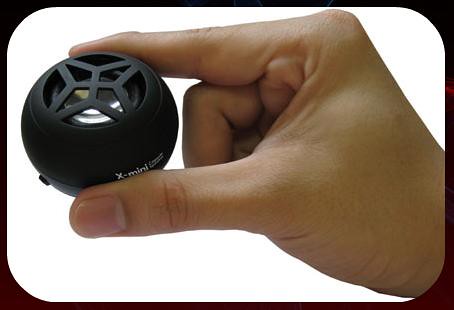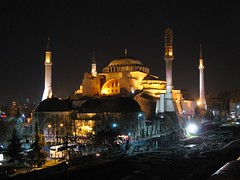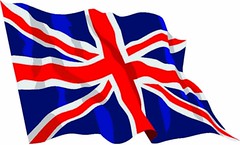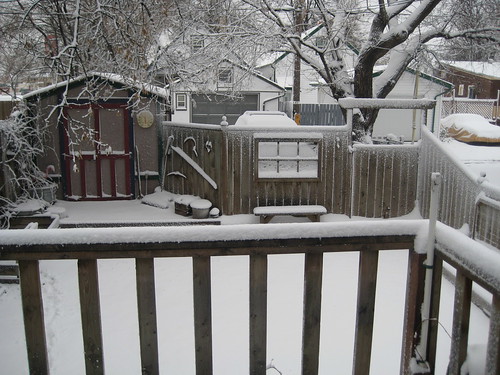 On Monday of this week I went for my first appointment at the Winnipeg Regional Health Authority Travel Health & Tropical Medicine Clinic, where I met with a nurse named Judi, who was really friendly and helpful and laughed at my jokes, so she's ok in my books. Also, the clinic itself is located conveniently close to work, and they have a whole shelf of Rough Guides to peruse while you're waiting around. So far the WRHATH&TMC gets two thumbs up.
On Monday of this week I went for my first appointment at the Winnipeg Regional Health Authority Travel Health & Tropical Medicine Clinic, where I met with a nurse named Judi, who was really friendly and helpful and laughed at my jokes, so she's ok in my books. Also, the clinic itself is located conveniently close to work, and they have a whole shelf of Rough Guides to peruse while you're waiting around. So far the WRHATH&TMC gets two thumbs up.
My appointment lasted over an hour, and Nurse Judi gave me the rundown on a horror-show of diseases that I need to consider vaccinating against, including the relatively mundane Hepatitis A and B, polio, tetanus, diptheria and rabies, moving to the more exotic yellow fever, typhoid, malaria and meningococcal meningitis, and finishing off with a touch of altitude sickness and the decidedly ferocious-sounding duet of Tickborne and Japanese Encephalitis.
Today I got the booster shot for polio, diptheria and tetanus (thoughtfully provided in just one needle), and my first round of Twinrix, for Hep A/B. I also picked up the oral vaccine for typhoid, and made an appointment for early January to receive another shot of Twinrix, and the Yellow Fever vaccine, and whatever else I decide to go for. Finally, in early June, I'll get my last Twinrix shot just before I jet off.
For a mere $150, I'll likely go ahead with the meningitis vaccine, but I have a decision to make about Japanese Encephalitis. At $120 per dose, and requiring 3 doses, it's not cheap vaccine. The virus that causes JE (as we savvy 'Round The World traveling types call it) is carried in birds and pigs, and transmitted to humans through infected mosquitos, mostly in rural areas, and almost exclusively at night. And what happens to the infected? Here's what Wikipedia says:
Japanese encephalitis has an incubation period of 5 to 15 days and the vast majority of infections are asymptomatic: only 1 in 250 infections develop into encephalitis.
Severe rigors mark the onset of this disease in humans. Fever, headache and malaise are other non-specific symptoms of this disease which may last for a period of between 1 and 6 days. Signs which develop during the acute encephalitic stage include neck rigidity, cachexia, hemiparesis, convulsions and a raised body temperature between 38 and 41 degrees Celsius. Mental retardation developed from this disease usually leads to coma. Mortality of this disease varies but is generally much higher in children. Transplacental spread has been noted. Life-long neurological defects such as deafness, emotional lability and hemiparesis may occur in those who have had central nervous system involvement. In known cases some effects also include, nausea, headache, fever, vomiting and sometimes swelling of the testicles.
Well at least I don't have to worry about swollen testicles.
In all seriousness though, bad JE infections are one of those things that are very very rare, but very very bad if they do happen. My risk of getting infected is really low - I likely won't be in rural areas late at night, and even if I am I'll be taking precautions against mosquito bites anyways, because of the much higher risk of malaria. Nurse Judi said that unless I'm in a rural area hotspot for more than 3-4 weeks, I should be fine. On the other hand, these people decided to go for it. When it comes down to it, $360 isn't much to protect me from lifelong neurological defects.
 And then there's biggie: malaria. Malaria kills between one and three million people each year, and there is no vaccine. It's carried by mosquitos, like JE, and is most prevalent in sub-Saharan Africa, where I will be spending some time. It's also in India, Southeast Asia, and South America. Because there's no vaccine, the only thing you can do is limit your exposure to mosquitos, and take anti-malarial medication when you're in a malaria zone. The WRHATH&TMC offers three options, which I would buy here and pack around with me until I hit the M-Zone. Those options are: Malarone, Doxycycline and Mefloquine. Of these, the best choice seems to be Malarone, which is the newest, and has the fewest side effects, and is also (of couse) the most expensive. Anti-malaria meds need to be taken before, during and after any stay in the M-Zone, and Malarone costs about $5.00/day, whereas the other two come in around $5.00/week. I have to think about what to do here, and figure out how much anti-malarial medication I should take with me. It is possible to pick up the stuff while out on the road, but Nurse Judi pointed out that travelers need to be wary of counterfeit drugs when buying overseas.
And then there's biggie: malaria. Malaria kills between one and three million people each year, and there is no vaccine. It's carried by mosquitos, like JE, and is most prevalent in sub-Saharan Africa, where I will be spending some time. It's also in India, Southeast Asia, and South America. Because there's no vaccine, the only thing you can do is limit your exposure to mosquitos, and take anti-malarial medication when you're in a malaria zone. The WRHATH&TMC offers three options, which I would buy here and pack around with me until I hit the M-Zone. Those options are: Malarone, Doxycycline and Mefloquine. Of these, the best choice seems to be Malarone, which is the newest, and has the fewest side effects, and is also (of couse) the most expensive. Anti-malaria meds need to be taken before, during and after any stay in the M-Zone, and Malarone costs about $5.00/day, whereas the other two come in around $5.00/week. I have to think about what to do here, and figure out how much anti-malarial medication I should take with me. It is possible to pick up the stuff while out on the road, but Nurse Judi pointed out that travelers need to be wary of counterfeit drugs when buying overseas.
Nurse Judi also gave me a helpful handout on how to stock a first aid it for world travel, and confirmed my suspicion that it would be a good idea to get and fill a prescription for a broad spectrum antibiotic to have with me, just in case.
As for the budget, Monday's tab breaks down like this:
- Consultation with Nurse Judi: $52.00
- Tetanus/Diptheria/Polio Booster: Free (thank you Manitoba Health)
- Twinrix (Hepatitis A/B), first round: $62.00
- Oral Typhoid Vaccine: $42.00
- Total: $156.00
Still on the menu:
- Another two consultation/visit fees: $42.00
- Yellow Fever vaccine: $78.00
- Twinrix, rounds 2 and 3: $114.00
- Meningococcal Meningitis vaccine: $150.00
- Japanese Encephalitis vaccine, 3 rounds: $360.00
- Malarone anti-malarial meds: estimate $300-$500
The total here comes to a staggering $1,100 - $1,300.00 (not including first aid kit supplies) which is close to double what I budgetted, and I thought I was overestimating. Perhaps it makes most sense to spend my money on the good anti-malarials, and consider skipping the JE and meningitis vaccines. Then again, is this any time to cheap out? Opinions are welcome, especially if you actually have experience with any of this stuff.













